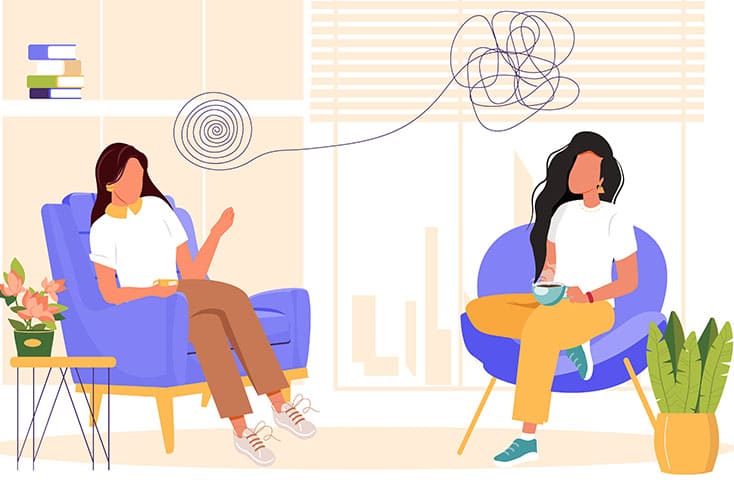
My work has always been personal. I am a first-generation college graduate and was raised on my Tribal homeland in the Navajo Nation. I have been working in the mental health and substance-use field for over 20 years. In this short time, so much has changed, yet the issues plaguing Indigenous communities remain.
As mental health care providers, some of us may be familiar with the complex issues Tribal members are facing — including high rates of violence, the often-underreported suicide crisis, the rates of substance use and shortened life expectancies. In fact, Indigenous people experience PTSD at rates comparable to war veterans.
Indigenous communities face a range of challenges in regards to mental health, substance use, physical health and even access to basic needs. However, this is only baseline information — and providers must be aware of a more complex picture. Indigenous people vary in location, cultural beliefs, and access to services like water, internet, economic opportunities and quality health care. There are more than 500 Tribal Nations in the U.S. — and trying to summarize their individual experiences is more than this article can encompass. However, I believe certain information may be useful to providers working with Indigenous communities.
Understanding Our Culture
As a member of a Tribal community, I can tell you that our collective memories are long — and it might help you in your work to be aware that time is a continuum. Understand that for some Indigenous people, the past is present. Many Tribal Nations engage in oral storytelling as a means of transmitting important cultural lessons and reminders of things that have happened in the past. Storytelling is one of many aspects of Indigenous cultural wealth. Working in Indian country is a cultural experience. As I wrote recently in a book chapter Eye Movement Desensitization and Reprocessing (EMDR) therapists:
“Culture is a lived experience with several dimensions including the recounting of history, experience, recall, mentorship, norms and values. Indigenous culture occurs in real time and is transmitted through actions and activity. Not only will you gain valuable professional experience as a provider, but there are profound benefits of working with my/ this population, such as exposure to Indigenous humor, resilience, connection, learning about new foods and traditions, access to awareness about different ways of socializing and my favorite: the lived awareness of compassion, joy and hope. Tribal communities have sustained many traumas and genocidal practices, in this time — we’ve honed much resilience.”
Understanding Our History
Prior to client assessment, you (as a mental health care provider) should dedicate time to learn about the history and the current challenges of the Indigenous community you will be working with.
Tribal narratives may include information about how Tribes dealt with early and ongoing genocidal practices and current issues they are facing. You don’t need to be a history expert, but taking time to learn about the history and issues that continue to impact modern Indigenous communities will help you build a bridge to connect to individuals and communities.
For those who say that “the past is the past,” I encourage you to develop your knowledge and awareness of how the past influences the present and the future. There is a growing body of research looking into the epigenetic factors of genocide survivors that suggests an association between parental and offspring mental health.
A recent review of studies examining the effects of exposure to violence (specifically that experienced by Jewish communities during the Holocaust) may have intergenerational consequences, including heightened vulnerability to mental health problems3. This resonates with my work and knowledge that Tribal communities are still wrestling with the longstanding impacts of the U.S. government relocation and genocidal practices that began at the inception of what we know as modern-day America.
Examples of additional issues to learn about include the boarding school experiences of many Indigenous peoples, the missing and murdered Indigenous women (MMIW) crisis and the Indian Child Welfare Act (ICWA). To be appropriately informed, I recommend that providers be deliberate in seeking out Indigenous knowledge-keepers when learning about situations and events. One way to do this is to engage with literature, material and resources that are written and created by Indigenous authors and content-creators, and consider learning from both reservation and urban Indigenous voices, as experiences may vary considerably.
Understanding the Impact of the Pandemic
Another critical thing to understand when it comes to Indigenous communities is the impact of COVID-19. Over the last few years, we’ve witnessed pivotal moments in world history as we’ve collectively weathered a pandemic. As a Navajo woman, I reside off my reservation in a suburb of Phoenix. When the stay-at-home restrictions were put into place, I could no longer travel to see my family, most of whom still reside on the Navajo Reservation in New Mexico. This was difficult given that my Tribe (like many other Tribes) rapidly experienced one of the highest COVID- 19 infection rates in the country. This time away from my family and community was heartbreaking on many levels. A collaborative study conducted by researchers at Princeton University determined that, after an adjustment for age differences, the COVID-19 mortality rate for Native Americans was 2.8 times higher than for whites. In other words, Indigenous people in America were (and are) twice as likely to die from COVID-19.
Public health officials have suggested that poverty, food insecurity, poor housing conditions and racism — all products of systemic and structural inequality — contributed to the high death rates affiliated with COVID-19.
As a Tribal member and a mental health care provider, I can tell you that the collective enormity of death, loss, grief and pain continues to reverberate throughout Indigenous communities today. Sadly, the recovery from COVID- 19 and the subsequent variants are just one health crisis from which Indigenous communities are recovering.
What Providers Can Do During Sessions
Thorough preparation is only useful if it can be appropriately incorporated during sessions. I recommend observing the following practices:
Exercise patience when building rapport — and don’t expect this to happen overnight.
Understand differences, such as living together, being together, celebrations and honoring loss, which may look different across Indigenous communities.
Assess your clients’ sources of strength and resilience.
Honor silence. Something that I’ve often heard from other Indigenous people is that non-Native professionals will often talk too fast (or talk over the client) instead of listening and allowing natural pauses in the conversation. Responding quickly to complex topics that may arise (like suicide and trauma) comes across as hasty and downplays the magnitude of the issue. Practice holding space for the issue. This may allow a greater opportunity to get to know a client and to build awareness on both sides. We don’t have to fill every moment with words.
Validate client concerns and experiences.
Be curious. A common complaint I hear from Native people who have met with non-Native providers is that they don’t feel understood. To understand someone and their lived experiences takes time and active engagement. Being curious includes taking ownership of your personal lack of knowledge about their culture and asking others in the community about their culture, practices and environments. All tribes and communities are different.
The level of acculturation to American culture may vary by age, demographics, and access to social and cultural capital. Taking the time to get to know someone means you listen and gather information in a curious and respectful manner. This doesn’t mean the client is responsible for teaching you about their culture and beliefs. Active listening and warmth will help you to learn more about your client and their needs, experiences and stressors.
Don’t make assumptions about religion, faith or spiritual beliefs and practices; take the time to learn about the person you are working with. Genograms are helpful tools for learning more about specific situations, events and rationales for the way they engage with you as a provider.
Consider the person’s losses, which might include multigenerational losses, pandemic losses and a history of relocation (either historically as a Tribe, or on an individual level, as people may have relocated from rural or reservation areas to urban areas, etc.)
These suggestions may sound daunting, but crossing the cultural divide is possible when engaging with Tribal communities. Understand that building rapport with Indigenous clients could take longer than with other cultural groups. It might be helpful to consult directly with Tribal members and affiliates in your area who are experts in their communities.
To be good providers, we must connect to our clients to help them reshape superiority narratives (power, oppression and marginalization) imposed by the dominant groups and use best practices to help them heal. Oppression is a potent weapon, and we as providers are in a position to help create positive social change.
Embracing Your Role as a Provider
Self-reflection, and taking the time to learn about the people you are working with, is an ethical responsibility. Don’t understand your client as a collection of symptoms; rather, view their symptoms by taking into account the context in which those symptoms have developed, and honor the reasons they are seeking therapy. Studies have demonstrated that multicultural competence, cultural humility and general competence have a positive effect on reducing microaggressions.
In my code of ethics as a counselor, we identify an awareness of our personal values and make a commitment to do no harm. Awareness, education and collaboration are ways to honor that commitment. Together, many of these behaviors should help you bridge the connection to Indigenous peoples.
Jordanna Saunders is the CEO and founder of Trauma Recovery Services of Arizona, a telehealth-based group counseling practice that serves ages 13 and up in the state of Arizona. The practice specializes in the use of telemedicine and the delivery of EMDR therapy. Jordanna is Navajo and believes healing happens in the community
Note: This article was originally published in the Spring 2023 issue of the Advocate.

